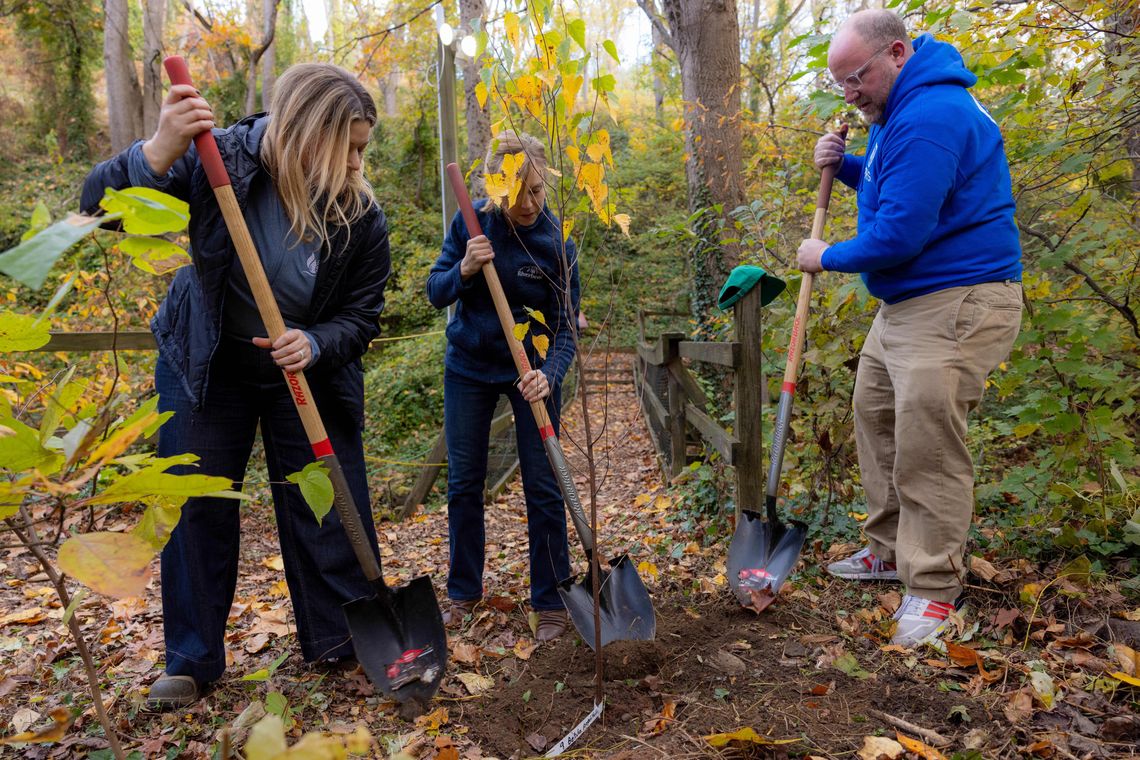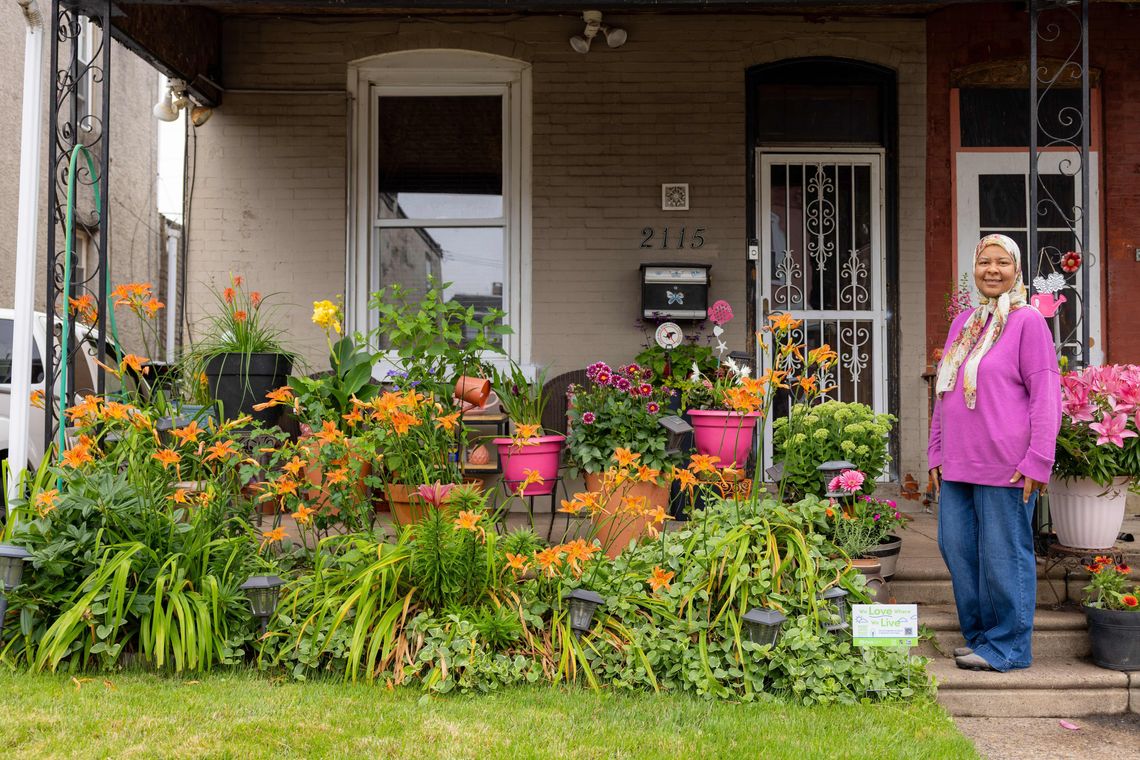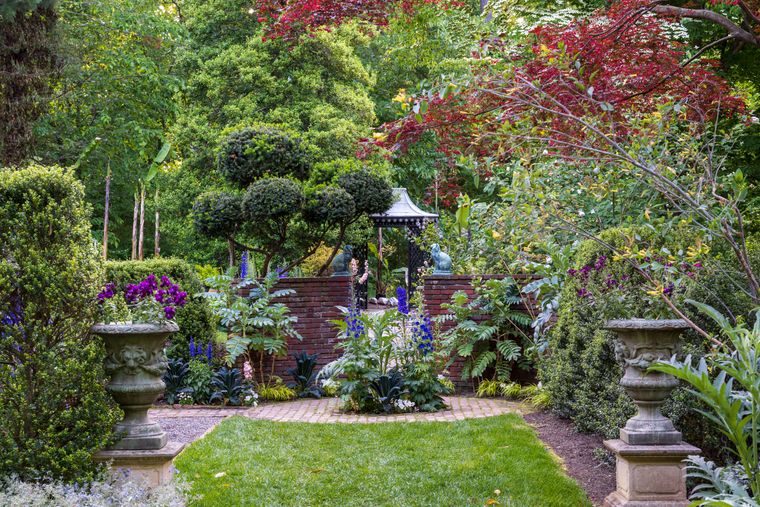
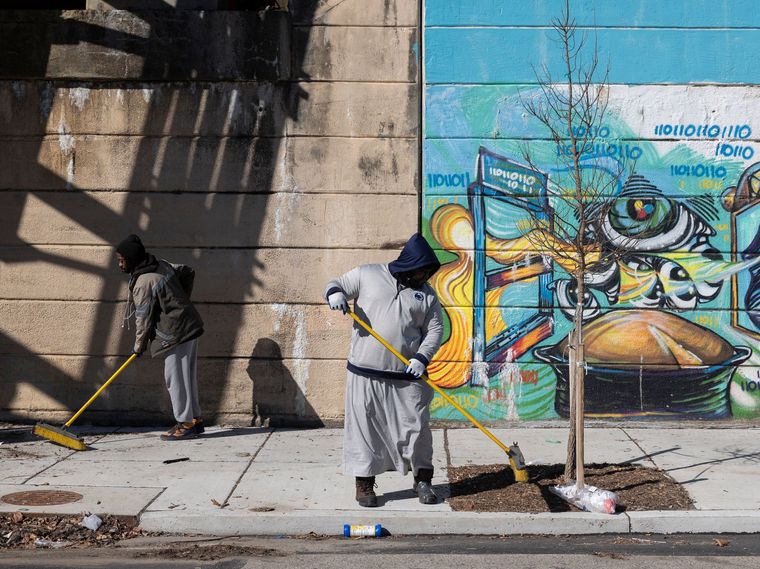
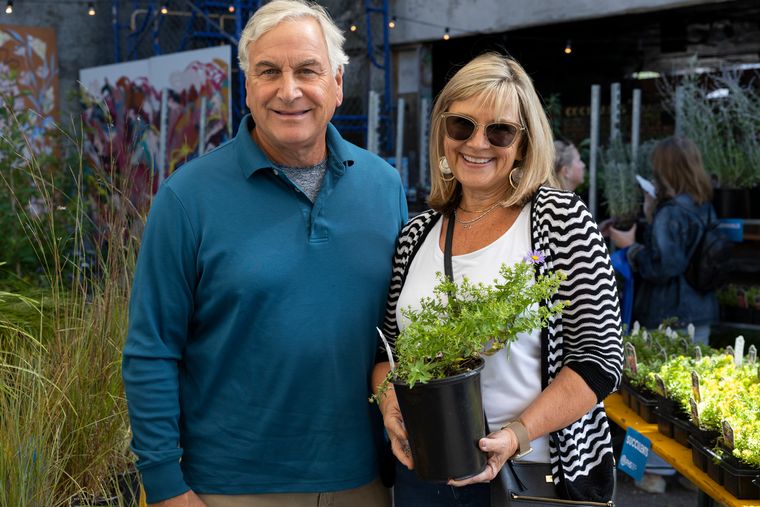
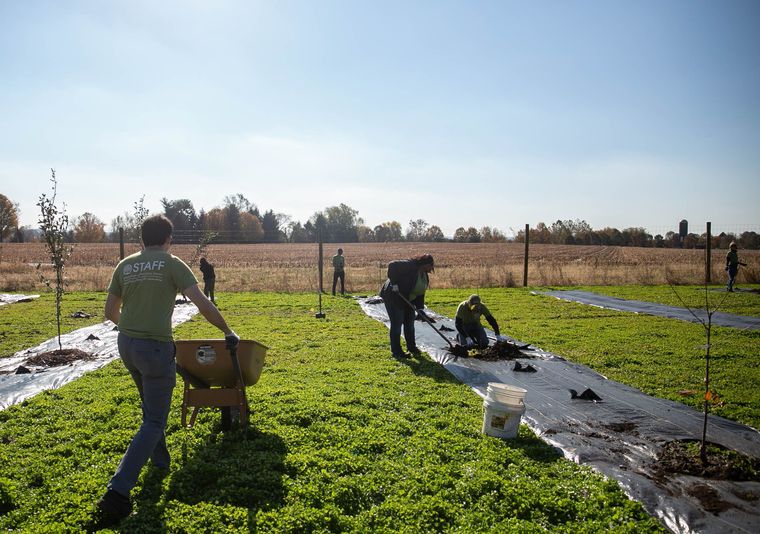
Behind the Leaves: Meet the PHS Tree Checkers Keeping Philadelphia's Canopy Alive
plant care
phs community & events
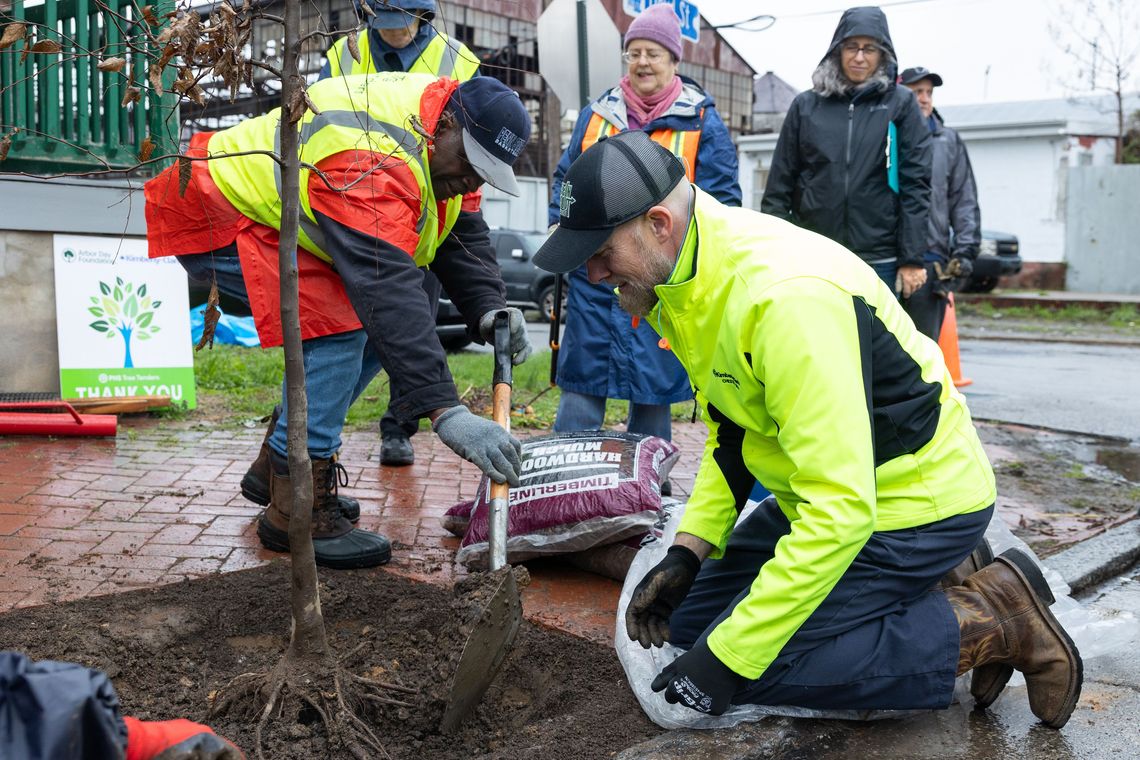
By Milan Tisdale
In some Philadelphia neighborhoods, tree canopy coverage is as low as 2.5%. On a hot summer afternoon, that can mean a 22-degree temperature difference from greener parts of the city.
That gap isn’t just an environmental statistic; it’s a call to action. The people answering that call are PHS’s Tree Tenders, neighbors who are turning passion into increased tree canopy.
Roots of the Movement
For more than 30 years, the PHS Tree Tenders program has trained residents to plant, water, mulch, and care for trees in their own communities. More than 6,500 volunteers have completed training, forming over 110 neighborhood planting groups that now plant 2,000+ street trees every year across the region.
Since 1991, Tree Tenders have planted more than 35,000 trees, many in neighborhoods that are underserved and have the lowest canopy coverage.
But planting is only half the mission. Once the trees are in the ground, Tree Checkers step in.
While Tree Tenders focus on getting trees into the soil, Tree Checkers focus on what happens next: tracking survival, identifying care needs, and collecting data that helps PHS decide where to send resources and support. Together, these two volunteer programs form a full cycle of community stewardship: planting, monitoring, and sustaining Philly’s urban forest over time.
How PHS Tree Checkers Keep Street Trees Healthy
Each Tree Checker steps into the field with one shared goal: to make sure Philadelphia’s newly planted trees don’t just go into the ground but also thrive in their new home.
Before they ever step onto a street, these "citizen scientists” are equipped with the knowledge and tools to understand what they’re seeing and why it matters. That training is led by educators like Asha-Lé Davis, PHS Outreach and Education Manager, who teaches new volunteers how to assess tree health, collect data, and talk with residents about care and maintenance.
Her work ensures that every volunteer, whether a longtime gardener or brand-new to tree care, knows how to “read” a tree and record what they see in ways that help the whole program grow.
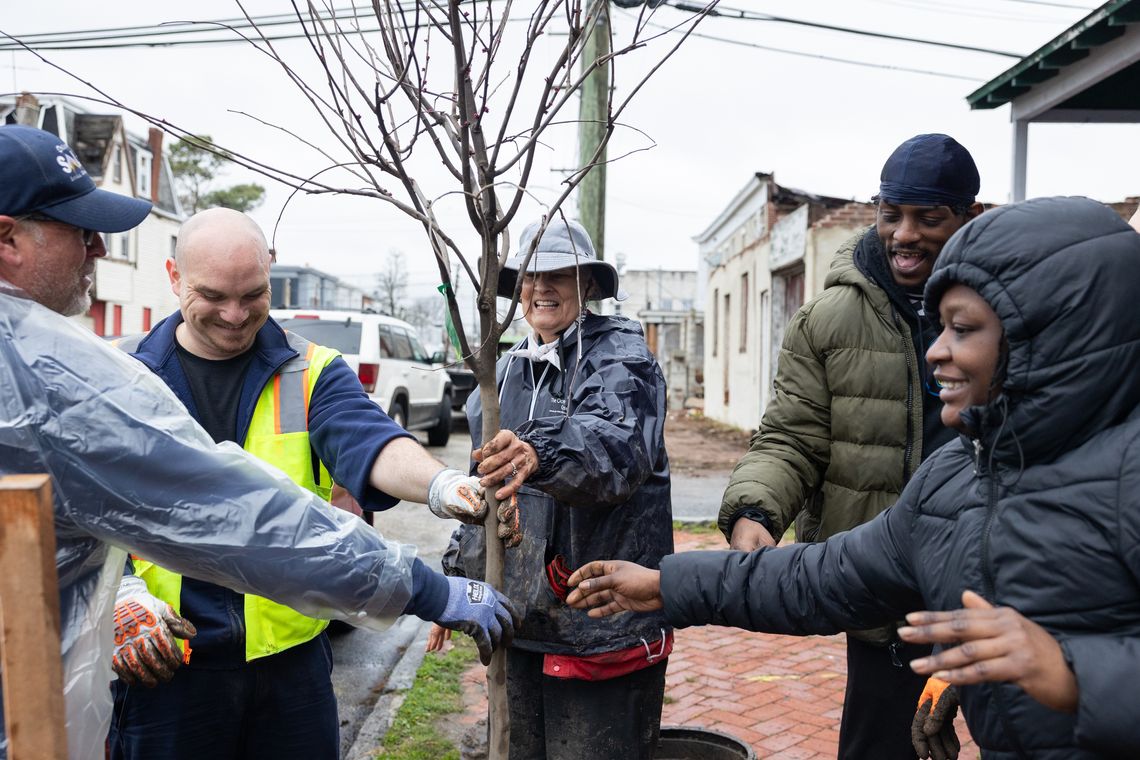
What PHS Tree Checkers Look For
When a Tree Checker arrives at a tree, the first thing they do is take a slow scan, from leaves to trunk to soil. That quick visual tells them more than most people realize. From there, the science begins.
They record details such as:
- Is the tree alive? (mortality status)
- How healthy is the crown? (leaf color, fullness, branch structure)
- Is the root flare visible, or buried under soil or mulch?
- Is the mulch placed correctly, or piled against the trunk?
- How has the tree grown? (height and trunk circumference)
- Is the tree being watered? (watering bag, bucket, hose, or none)
All of this information is recorded in PHS’s tracking system, TreeKeeper, becoming part of a database that helps determine which trees need care, which areas need more support, and how tree health changes over time.
“We track every single tree that goes into the ground: where it was planted, who received it, and how it’s doing over time,” says Asha-Lé Davis, PHS Outreach and Education Manager.
For Asha-Lé, this data is more than numbers; it’s a roadmap for smarter planting and better care.
“I look at the stress of the tree. Trees are kind of like people, you can see when it’s under stress.” — Barron Lacy, Tree Checker & Youth Mentor
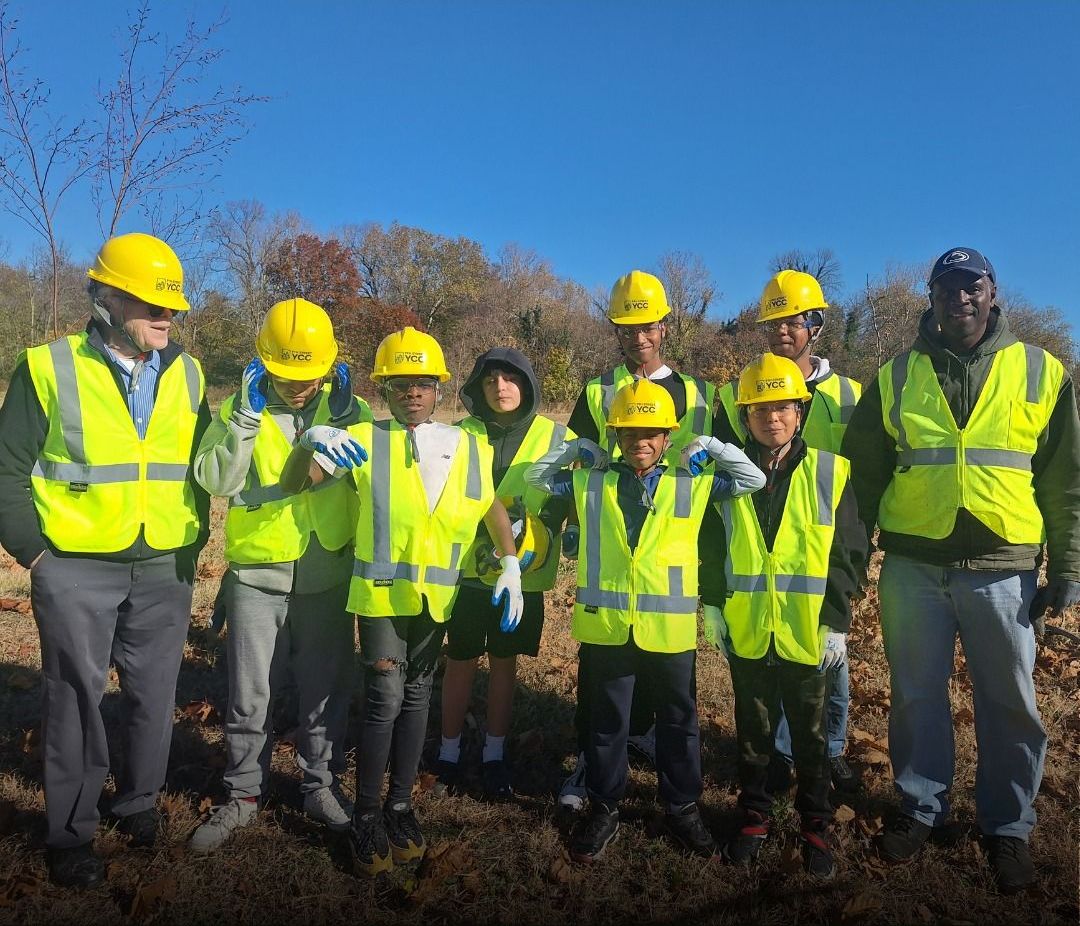
Growing the Next Generation of Tree Stewards
The future of Philly’s tree canopy depends not just on planting trees, but on who learns to care for them. That’s where mentors like Barron Lacy come in; community leaders connecting young people to both the science and the spirit of stewardship.
Through the 9th Street YCC Youth Program, Barron leads groups of students who help plant trees, perform checkups, and learn how the health of a neighborhood is tied to the health of its trees. So far, Barron and the youth of 9th Street YCC have helped plant roughly 150 trees in Chester County communities, with support from PHS. But the impact stretches far beyond the trees themselves; it’s about education, ownership, and identity.
These students aren’t just digging holes and moving mulch. They’re learning how to read a tree for signs of stress, document its growth, and understand why early care determines whether it survives its first critical years. “Maintaining the trees for those first two years is critical. Maintenance really dictates whether the tree will live and be healthy," Barron says.
Along the way, these students gain leadership skills, environmental awareness, confidence, and a deeper connection to the spaces they live in. They’re proving what PHS has always believed: stewardship grows strongest when it starts early.
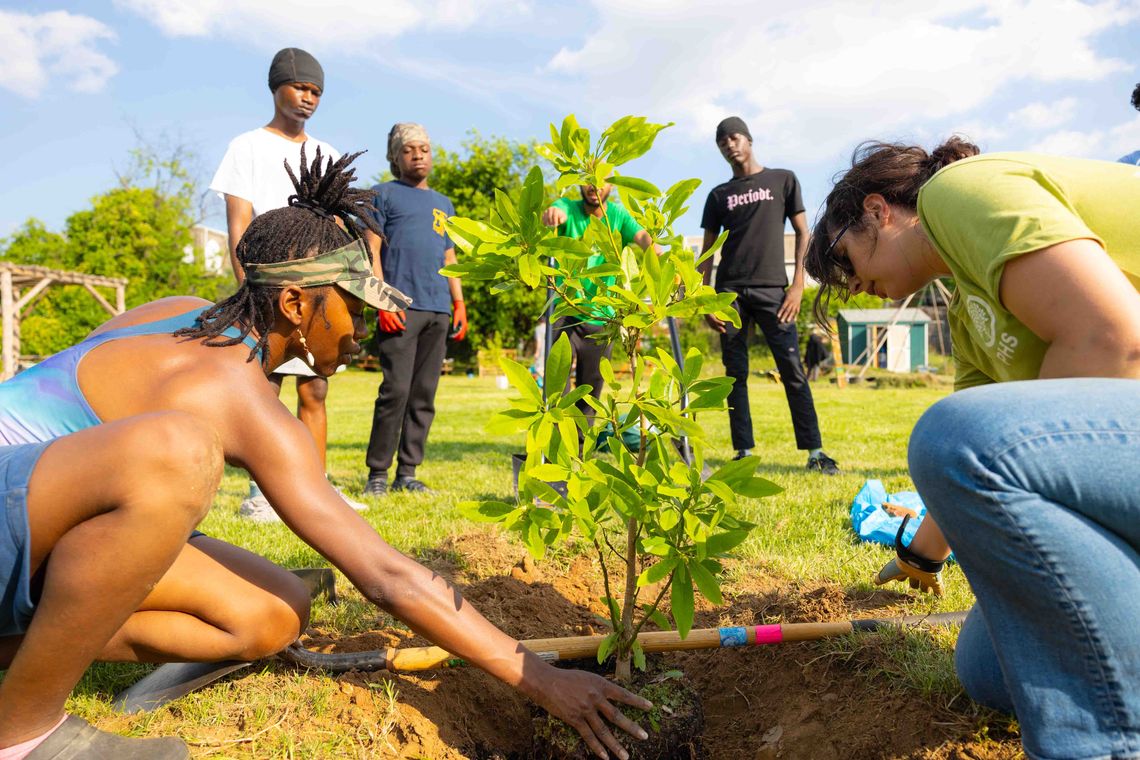
The Year in Trees
Each year, the Tree Checkers program continues to grow, not just in the number of trees monitored, but in the neighborhoods, volunteers, and partnerships involved.
In 2025, the program expanded its reach across Philadelphia and into surrounding counties, supported by long-standing community partners and new collaborations.This year, Tree Checkers reported that more than 90% of the trees they monitored remain alive, a hopeful sign that the city’s canopy, block by block, is taking root.
Much of this progress comes from partnerships that empower local leaders to take ownership of their own tree canopy. PHS Programs like Deeply Rooted and Love Where You Live have activated new volunteers, supported bilingual training, and directed resources into areas with the lowest canopy coverage.
The Tree Tenders program also branched out regionally through the debut of the Norristown Tree Tenders, opening new pathways for community-driven monitoring and stewardship.
What’s Next for PHS Tree Checkers and Philly’s Tree Canopy
Tree Checkers play a crucial role in helping young street trees survive, and their work is deeply valued. Every check, every conversation with a resident, and every data entry strengthens the future of Philly’s urban forest.
As the program grows, Tree Checkers will continue to expand into more neighborhoods, support more planting groups, and help PHS make smarter, equity-focused decisions about tree care and replacement.
Interested in learning how to become a PHS Tree Checker or Tree Tender?
